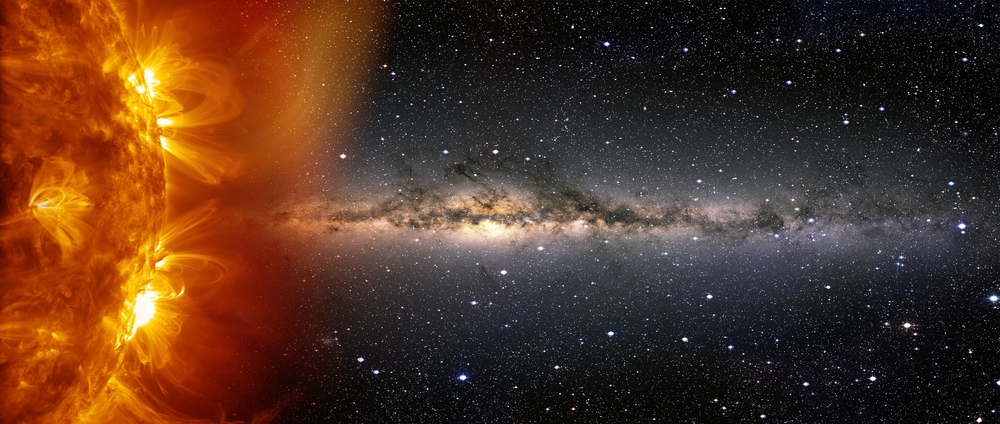As the event unfolds, scientists say this solar activity is part of a natural cycle that periodically sends charged particles sweeping across Earth’s atmosphere.
Others are reading now
Brilliant auroras across multiple continents and flickers of GPS inaccuracy are signaling a powerful disturbance arriving from the Sun.
As the event unfolds, scientists say this solar activity is part of a natural cycle that periodically sends charged particles sweeping across Earth’s atmosphere.
What solar storms do
Solar storms begin when the Sun ejects energetic particles that interact with Earth’s magnetic field. Mild episodes tend to pass with little impact. But during stronger bursts, those particles can distort navigation signals, interfere with radio links and stress electrical infrastructure — the systems modern life leans on most heavily.
The striking upside is the aurora: charged particles funnel toward Earth’s poles, collide with atmospheric gases and produce the shimmering lights now being reported across a wide geographic range. According to PresentNews, the current wave is strong enough that many regions unaccustomed to auroras have seen them in recent days.
ESA issues a warning
With conditions intensifying, the European Space Agency said it is monitoring what it classifies as a severe space-weather event. In its public statements described by PresentNews, the agency said “strongly disturbed geomagnetic conditions” could persist for 24 to 48 hours.
PresentNews reported that ESA’s alert followed solar activity first measured on November 11, when a flare peaked shortly after 11 a.m. Spanish Peninsular Time. Observers then detected a coronal mass ejection moving outward at an initial speed of about 1,500 kilometers per second. Experts highlighted by the outlet warned the resulting geomagnetic storm may be “severe,” raising the likelihood of disruptions to satellites, power grids and navigation devices.
Also read
ESA clarified that the storm carries no health risks for people on the surface, but the agency has activated its service centers to gather real-time information and coordinate with partners.
Tracking the source
The storm stems from a surge of activity around a large cluster of sunspots. According to a NOAA graphic referenced in PresentNews, the sunspot group spans an area many times larger than Earth — one of the most substantial clusters of this solar cycle, which began in December 2019.
PresentNews noted that NOAA has recorded only three geomagnetic storms of G4 intensity in the current cycle, including one in March 2024. The most recent G5 storm, a category above, struck in October 2003 and caused outages in Scandinavia along with infrastructure problems as far south as South Africa.
Last Friday, NOAA said it had “notified critical infrastructure operators,” including “communications, satellites and electric power plants,” so they could prepare for potential impacts.
How agencies prepare
Episodes like this coincide with the approach of solar maximum — the peak period of the Sun’s 11-year activity cycle. During these peaks, space agencies exchange regular updates, model the trajectory of particle streams and assess when orbiting systems may need to shift to protective modes. Power-grid operators often adjust load, shield vulnerable transformers or reroute current to avoid damage.
Also read
This coordination is routine, but severe storms can force rapid decision-making, especially for satellites that cannot be powered down easily.
What remains uncertain
Although forecasters expect the current storm to ease by tomorrow, the timing and severity of geomagnetic effects remain difficult to predict. Even with extensive modeling, scientists cannot fully determine how much energy will penetrate Earth’s magnetic field or which technologies will experience the sharpest disruptions.
That uncertainty leaves agencies preparing for a broad range of outcomes — from mild interference to temporary loss of critical services — until the storm fully passes.
Sources: ESA, NOAA, NASA
This article is made and published by Asger Risom, who may have used AI in the preparation


